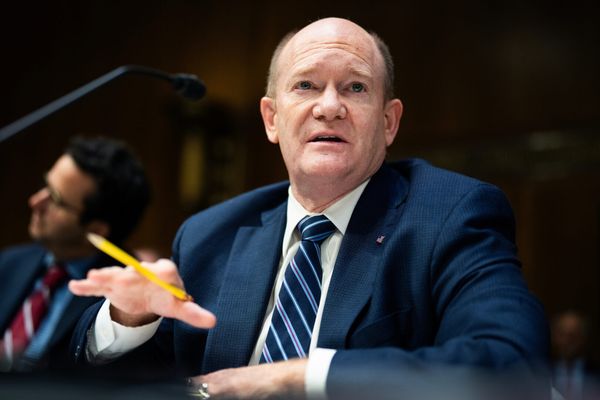
Before the International Space Station was launched into orbit in 1998, the U.S. signed a document with several other countries to agree to the peaceful use of the orbital laboratory. The agreement included Russia, Japan, Canada, and 11 European countries, while China was left out of the plan.
In 2011, Congress gave clear direction to NASA to prohibit collaboration with China in certain scientific research, including in space, citing concerns about China's secretive program and military ties.
China, in response, began developing its own space station, launching the first part of its Tiangong Space Station in 2011. This move was seen as a step towards China becoming a significant player in space exploration.



As NASA faced funding cuts and delays in developing new space stations, concerns arose about China potentially becoming the sole operator of a space station in orbit. This raised questions about international reliance on China for space missions.
In the past, the U.S. retired its space shuttle program, leading to a reliance on Russian spacecraft for space travel. This highlighted the importance of investing in domestic space capabilities to maintain leadership in space exploration.
Recent developments have seen China increasing cooperation with other countries in space endeavors, hosting international payloads on Chinese rockets and expressing openness to hosting astronauts from other nations.
Commercial companies like Arkisys are working on innovative solutions, such as robotic servicing ports, to ensure a continued U.S. presence in space and avoid dependence on other countries for space missions.
Looking ahead, the competition in space between the U.S. and China is evolving, with NASA emphasizing its leadership role and commitment to remaining the partner of choice for international space collaborations.







